Description
The processing of digital photographs using digital computers falls within the purview of the academic discipline that is known as digital image processing. This is something that comes within the purview of the industry. A digital picture is made up of a limited number of separate components, each of which has a specific position within the picture as well as a unique value. These components are referred to as “pixels.” These elements are named picture elements, image elements, pels and pixels. The word “pixel” is by far the one that is used the most generally when referring to the individual components that make up a digital picture. This is because pixels are the smallest unit of information that can be stored in a digital image. An image is a function that represents a measure of some attribute, such as the brightness or colour of a scene that is being seen, and an image may be thought of as a representation of what is being viewed at the moment. An image is a representation of a function that is just two dimensions in size. Brightness and colour are two examples of such differentiating features that may be present in a scene. Another example would be texture. The creation of an image occurs when a three-dimensional picture is projected onto a projection plane that only has two dimensions. This procedure ultimately results in a picture being created. A image may be modelled as a two-dimensional function using the notation f(x,y), where x and y are coordinates in the plane of space. This is one method for describing a picture. The value of the amplitude of the function f at each given pair of spatial coordinates may be thought of as a representation of the level of brightness that is present at a specific location in the image (x,y). A vector is a representation of a function that is expressed in three dimensions, and a picture may also be represented in this way. Our contemporary digital lives are not complete without the incorporation of photographs that were taken using digital devices. The use of digital pictures has spread to every area of our day-to-day lives and has become ubiquitous. The methods that are referred to as “digital image processing” approaches are those that are used to perform processing on an image in order to either obtain an improved image or to extract some relevant information from it in order to make some judgements based on it. Both of these goals can be accomplished by performing the processing. The procedures for digital image processing are advancing at a breakneck pace, thanks to the fast acceleration of their rate of development.
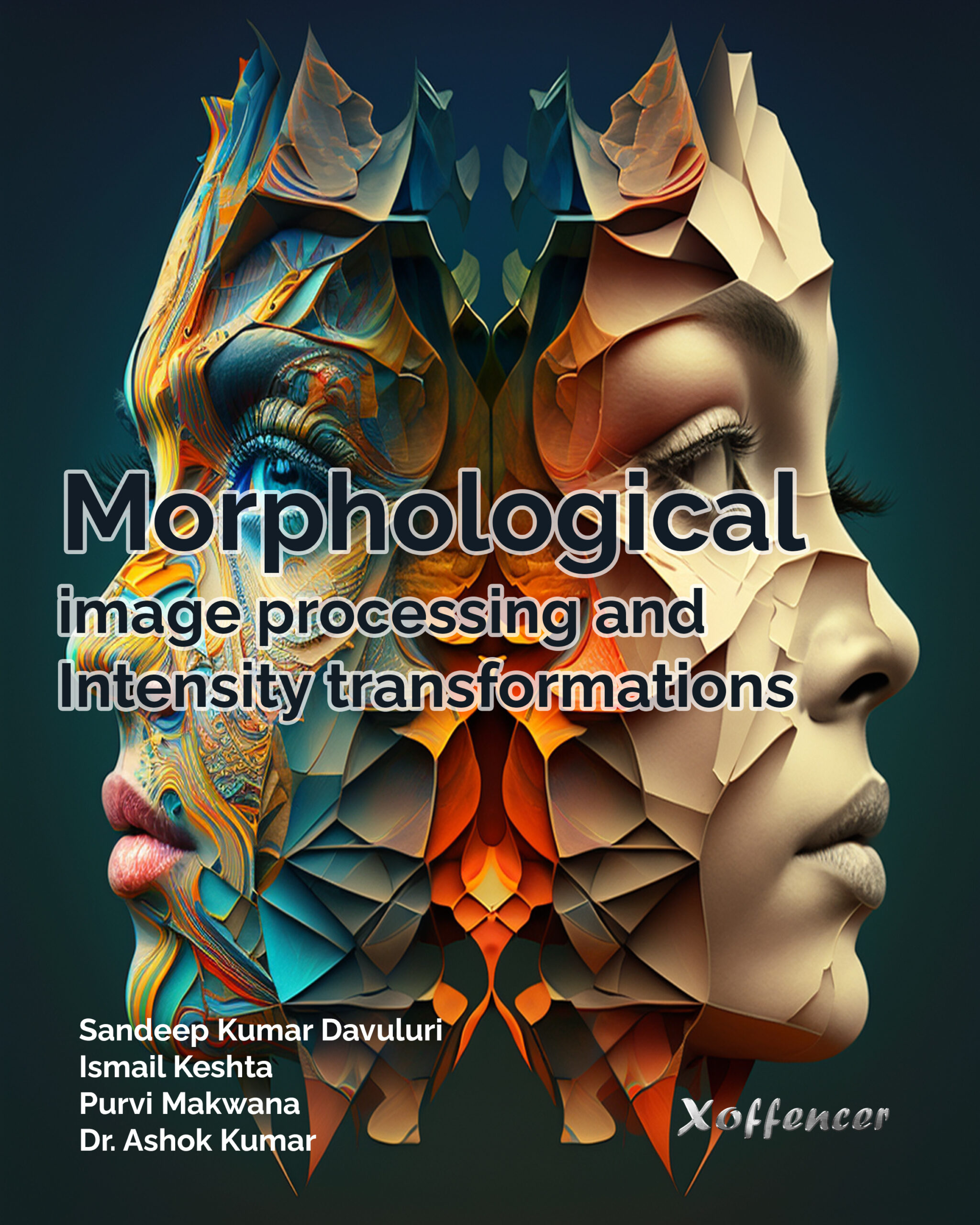

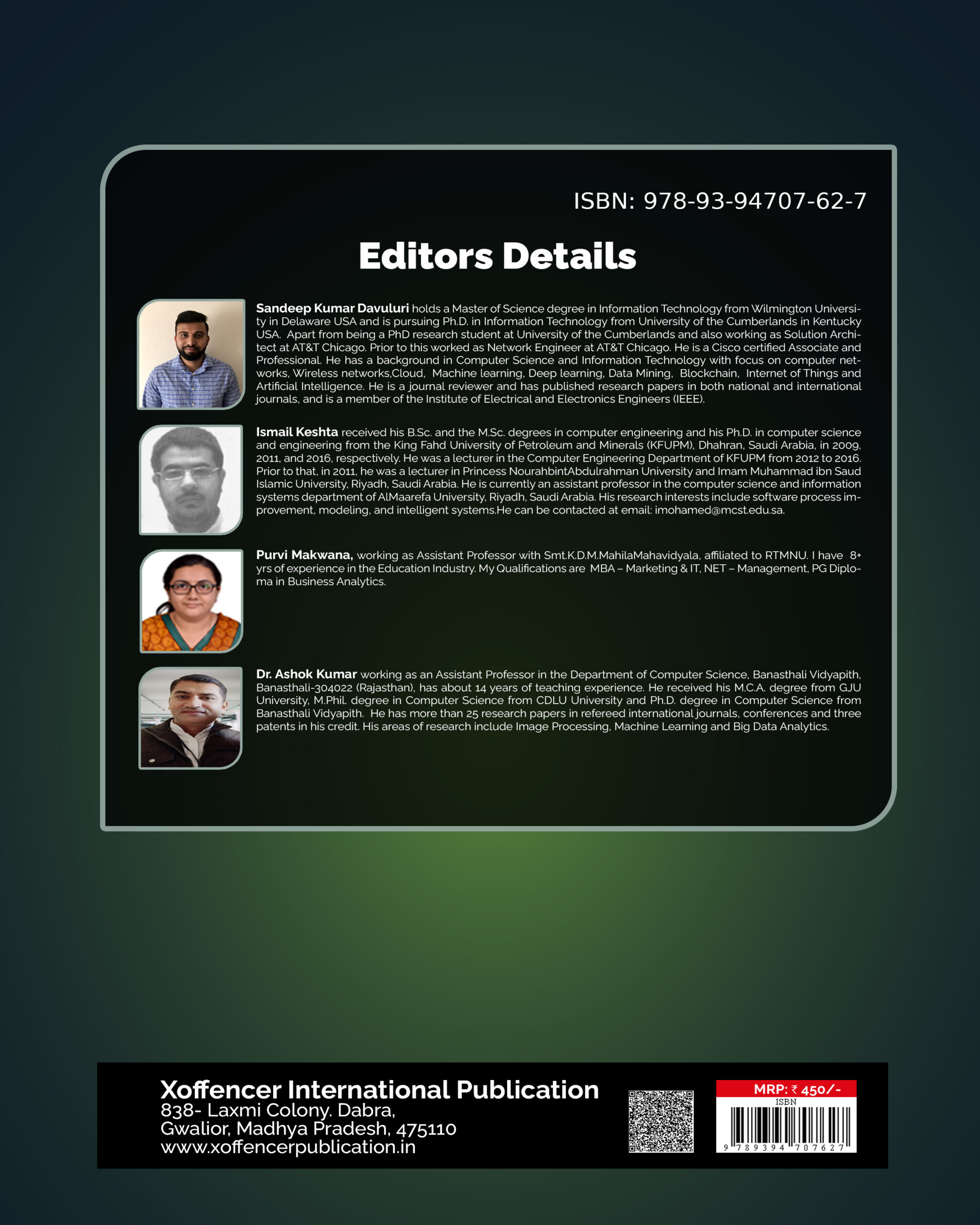
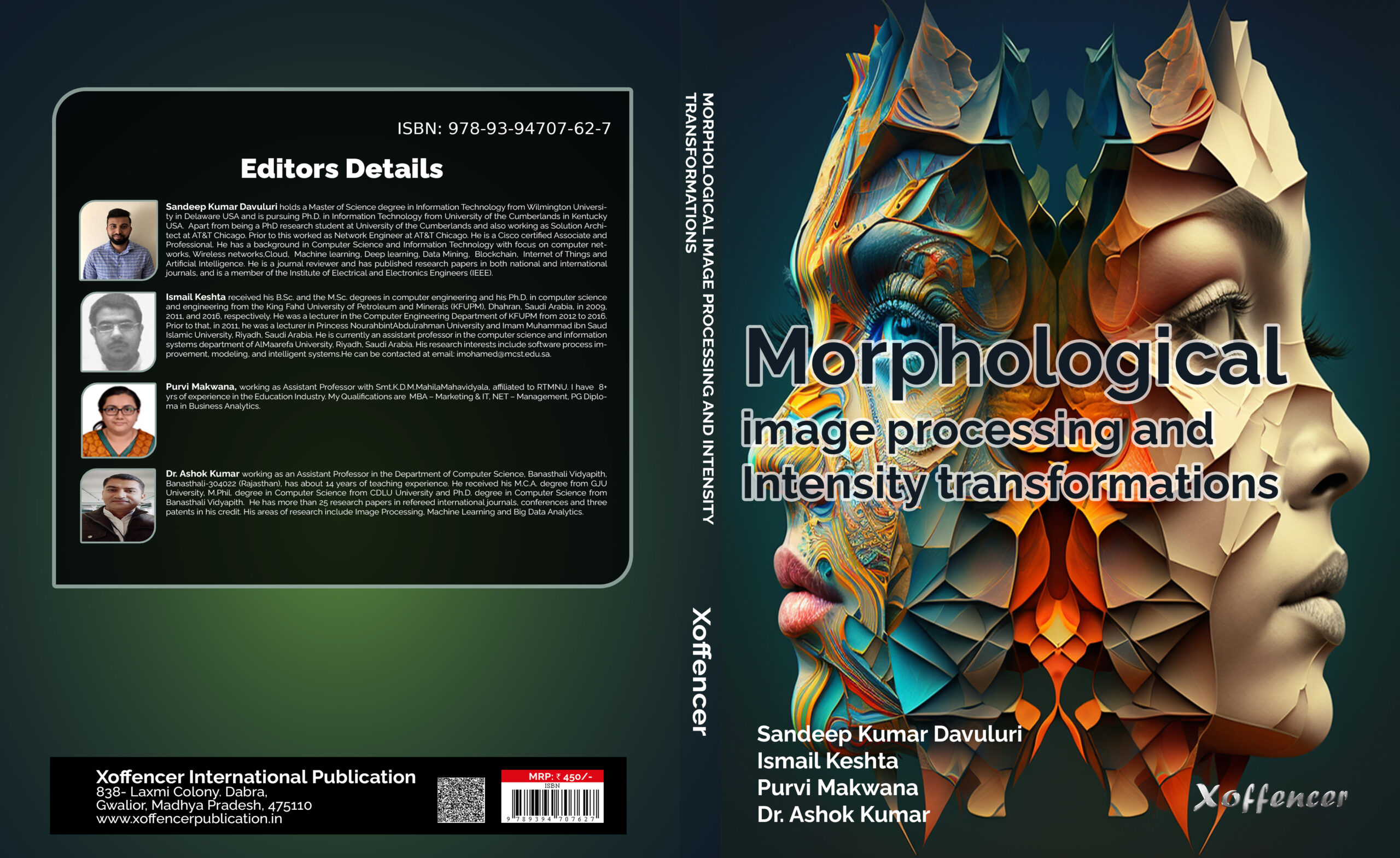

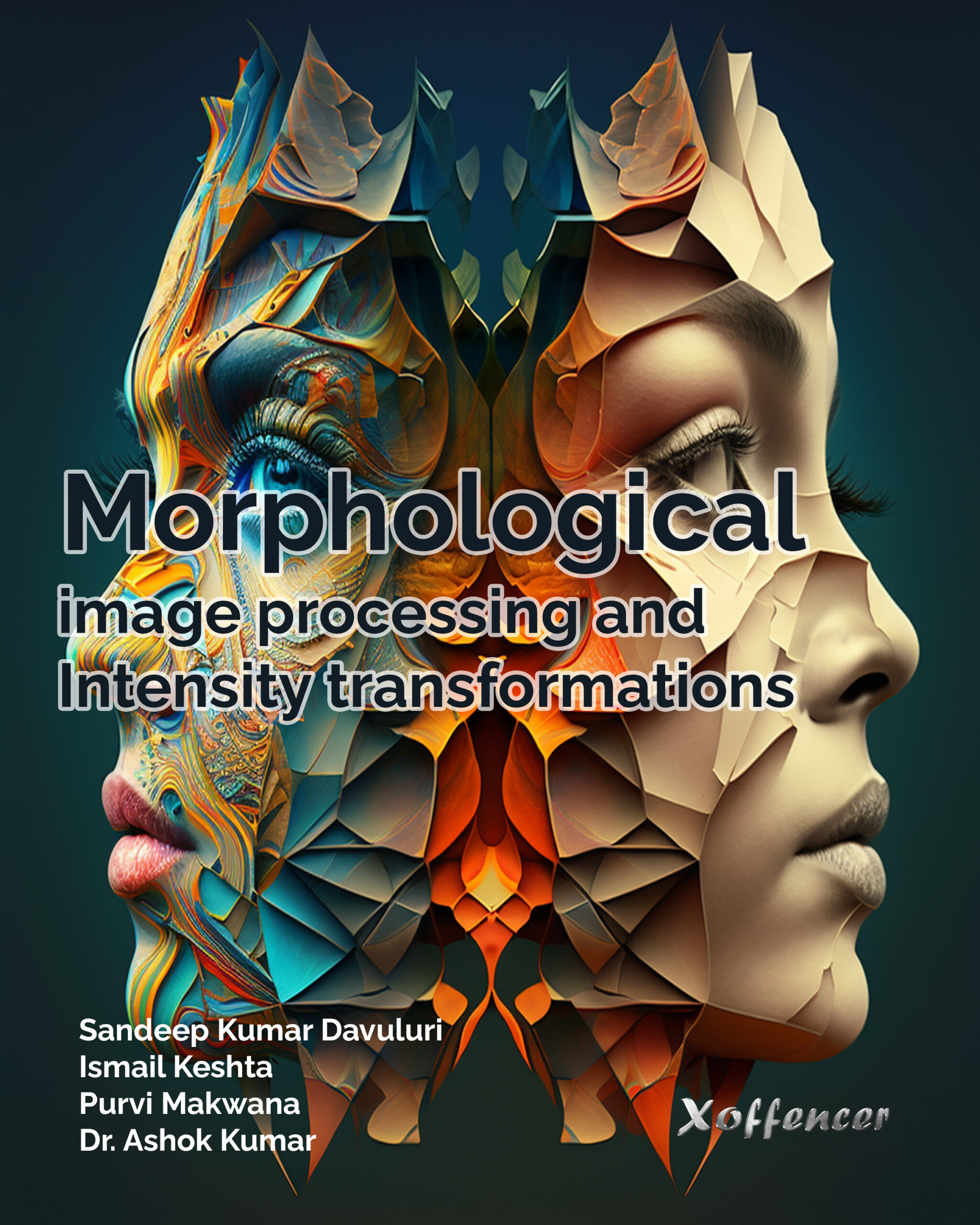

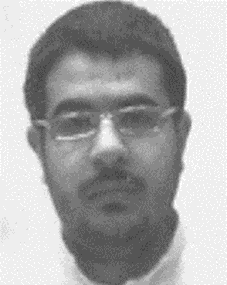
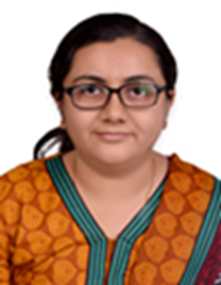





Reviews
There are no reviews yet.